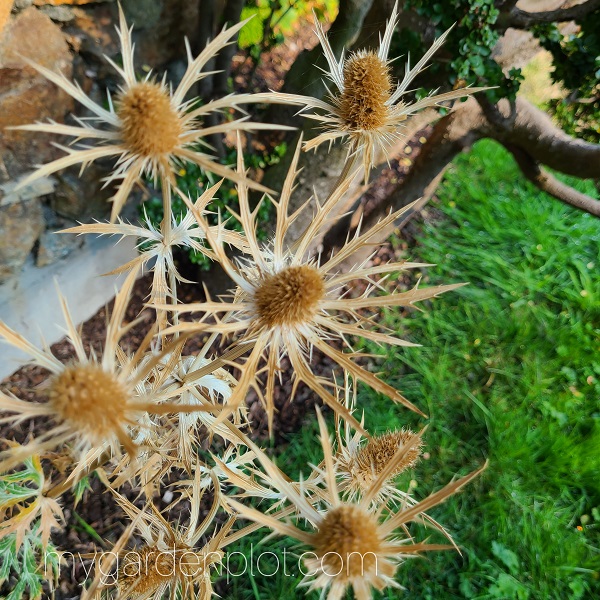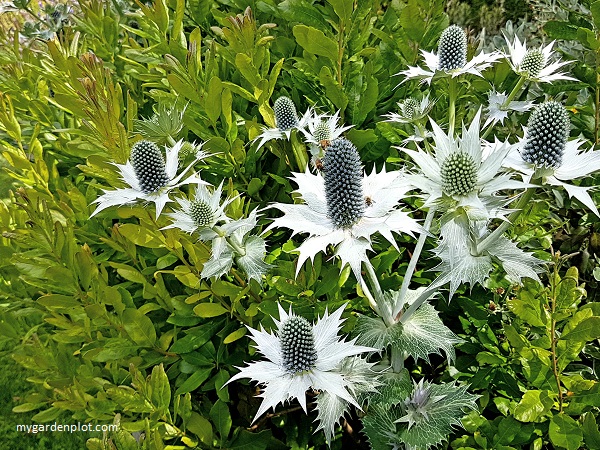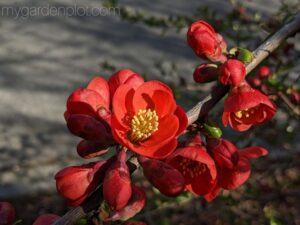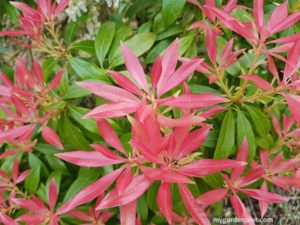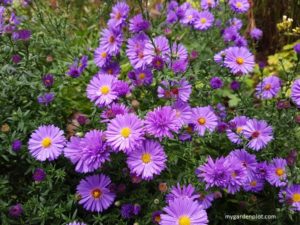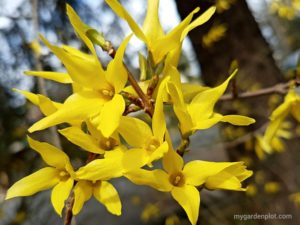Cultivating Eryngium (Sea Holly) In Your Garden
Eryngium, more commonly known as Sea Holly, is a distinctive plant that adds a unique texture and colour in a summer garden. Sea Holly is a genus from the carrot family, Apiaceae – and it has a long carrot-shaped taproot. These drought-tolerant plants can handle poor dry sandy soil conditions, hot summer sun, are low maintenance and deer resistant. Rabbits don’t care for them either. Where to plant and how to grow Eryngiums can’t be any easier.
The Sea Holly is self-sowing but non-invasive. If it crops up in an area where you don’t want it, it is easy to remove. The attractive flowers, with its spiny bracts, are long-lasting from summer through to early autumn. The Sea Holly flower is a bee-magnet that attract many bee species and butterflies to the garden. Below is a guide on how to grow and tips on plant care. And as if these plants are not just an attraction in the garden, the Sea Holly flower is often used in dried arrangements, and florists also add them in fresh bouquets giving texture and unique interest with other cut flowers.
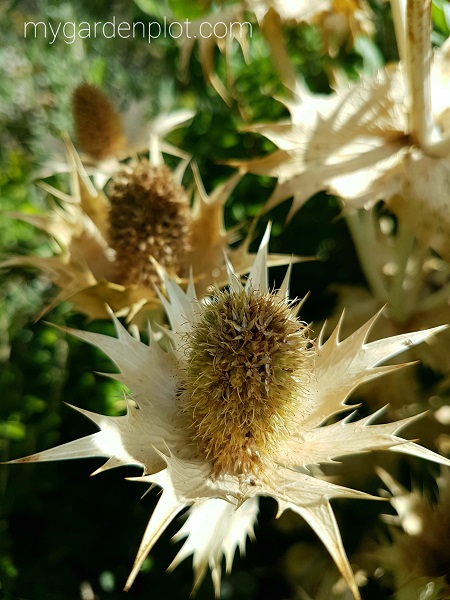
Eryngium (Sea Holly) History And Folklore
In the 17th century, the sea holly tap root was harvested and candied in England. Medicinally, it was consumed to prevent scurvy and used as a diuretic. Legend has it that it was also an aphrodisiac! But that’s for a different post! LOL
Eryngium (Sea Holly) At A Glance
Type: Varies – most are herbaceous perennial, a few are evergreen
Location: Full sun
Blooming Season: Summer – early Autumn (Fall)
Height: varies from 30 cm (12 inches) to up 1.5 metres (5 feet)
Cold Hardiness Zones: 4, 5, 6, 7, 8, 9 (the hardy and popular E. alpinum (Blue Sea Holly) can be planted in zone 2)
Where To Plant And How To Grow Eryngium (Sea Holly)
This low maintenance plant is easy to maintain. Plant sea holly in a sunny, well-drained site in the springtime. It can tolerate sandy, coastal conditions but prefers fertile soil. And while it is drought tolerant, it will not thrive with extended periods without moderate watering. Aside from some balanced bone meal when planting, sea holly is not a heavy feeder and will not need much in the way of fertilizer.
Sea holly is self-sowing too, but as mentioned, it is non-invasive and easy to contain. Easy to direct sow in the garden or indoors before planting out in late spring. If clumps become large, root cutting can be taken in late winter or careful dividing in early spring. However, because of the tap root dividing is not easy, and the sea holly may be slow to re-establish again. In general, they are not keen on being moved, so best to give it some thought where to plant it in your garden.
BUYER’S GUIDE: How To Choose Garden Hand Pruners (Secateurs)
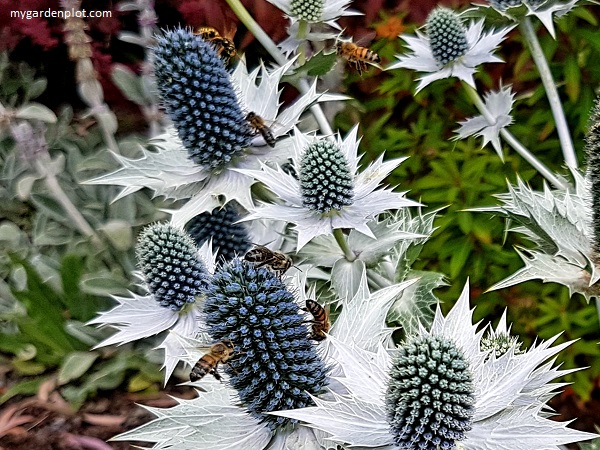
Pests And Diseases That Affect Eryngium (Sea Holly)
Crown rot can affect the plant in boggy soils, and powdery mildew can affect the plant if it is crowded by other plants. Ensure the soil drains well and that there is good air circulation, and it should be okay. Surprisingly, slugs and snails may be a problem. Use non-toxic slug and snail bait early in the season and it will contain any issues.
Popular Eryngium (Sea Holly) Varieties
Eryngium alpinum (Alpine eryngo, Blue or Alpine Sea Holly) is popular for its purplish-blue flowerheads. There are various cultivars with slight colour variations. Grows to about 1 metre (3 feet) high.
Eryngium bourgatii (Oxford Blue or Mediterranean Sea Holly) is about 60 cm high (24 inches) and has dark silvery blue, more rounded flower heads. It is a herbaceous perennial.
Eryngium x giganteum (Miss Willmott’s Ghost or Giant Sea Holly) has attractive large blue flower heads and stands tall about 1.2 metres (4 feet).
Eryngium x oliverianum (Oliver Sea Holly) offers a lavender-blue flowerhead. It is a hardy herbaceous perennial that reaches up to 1 metre (3 feet) high.
Eryngium x tripartitum (Tripartite Sea Holly) has beautiful purple flowers. It is partly evergreen and can grow as high as 1 metre (3 feet).
Eryngium variifolium (Moroccan Sea Holly) is an evergreen sea holly with silver-blue flowerheads and is on the small side with a height up to 50 cm (20 inches).
